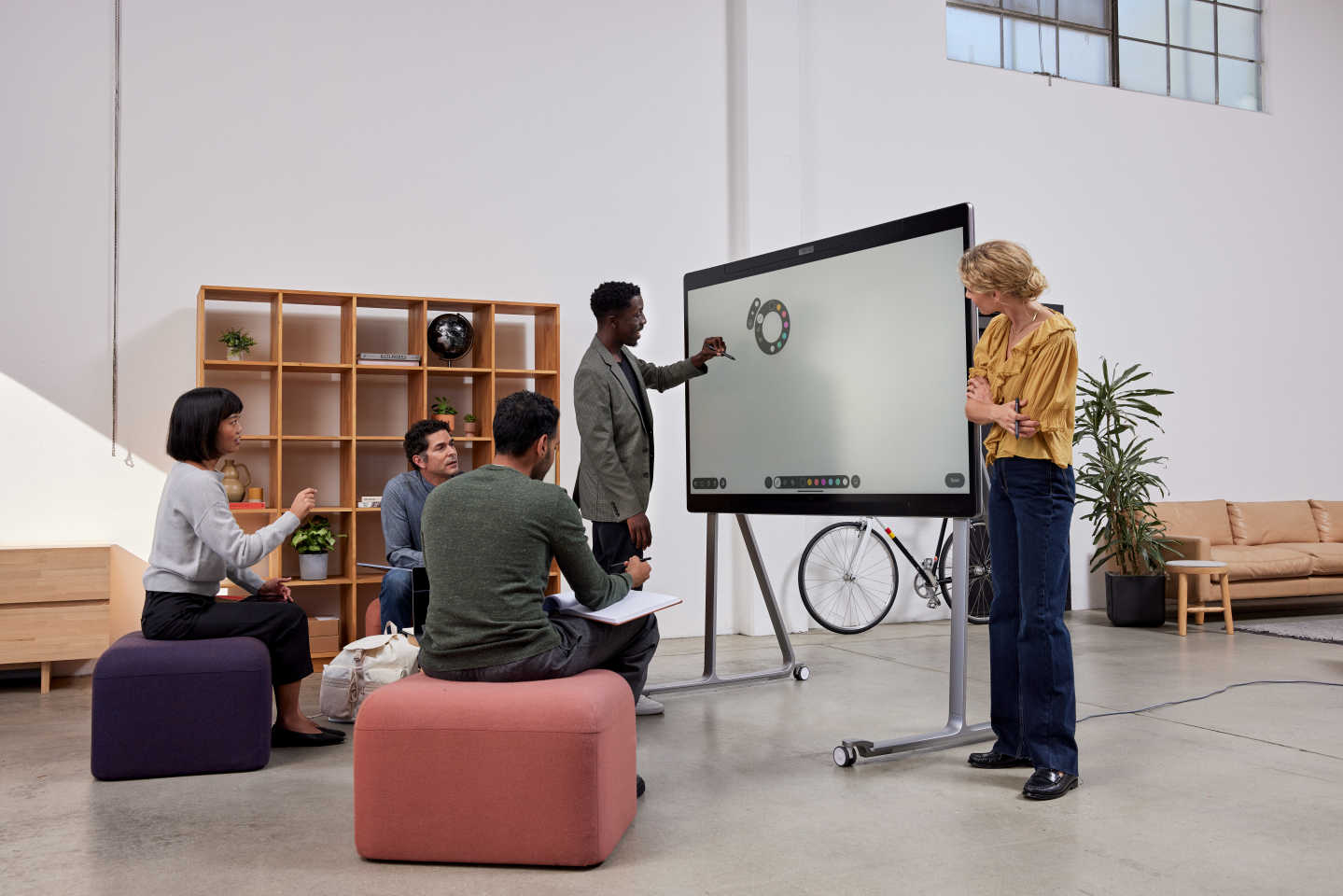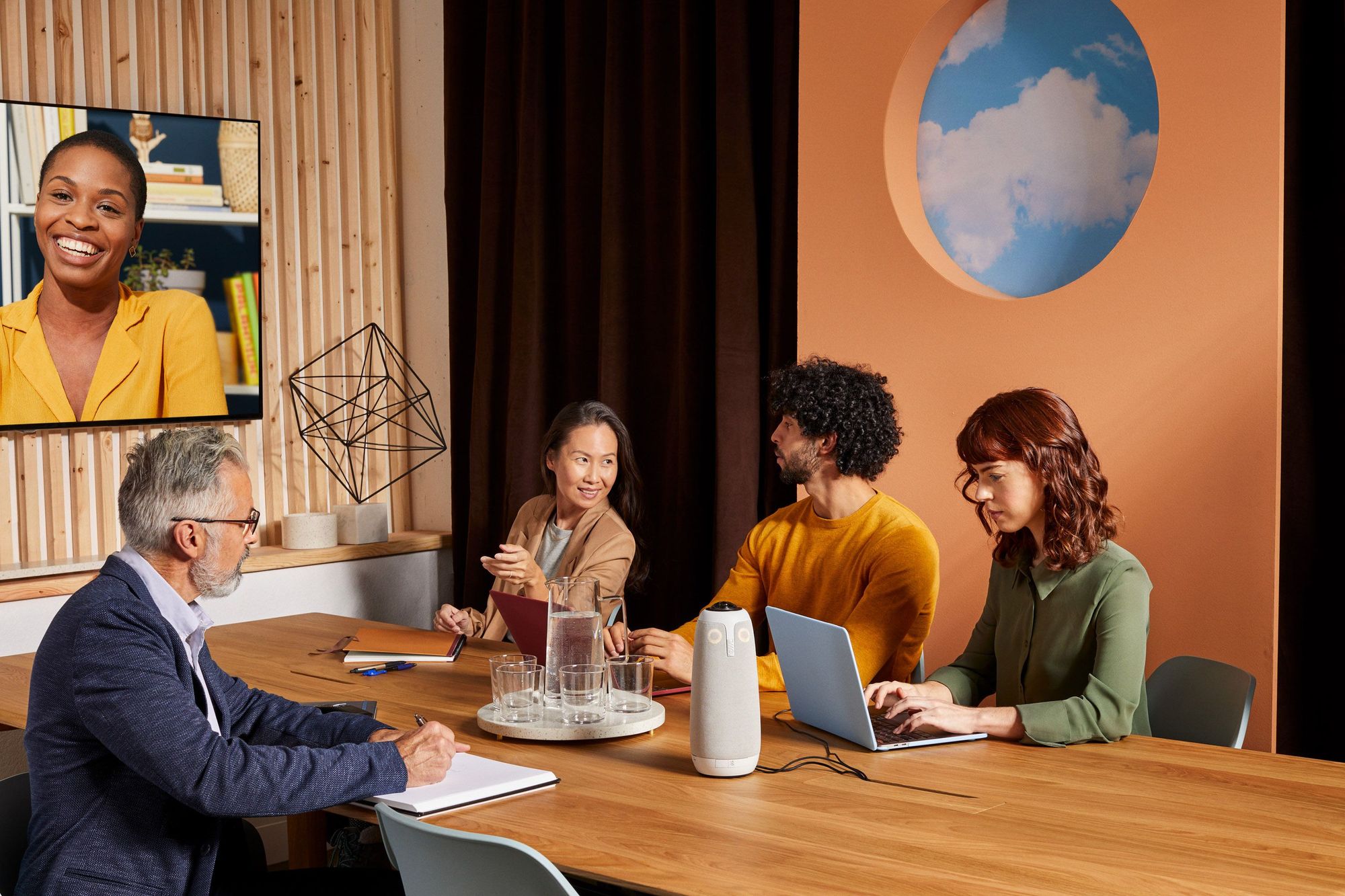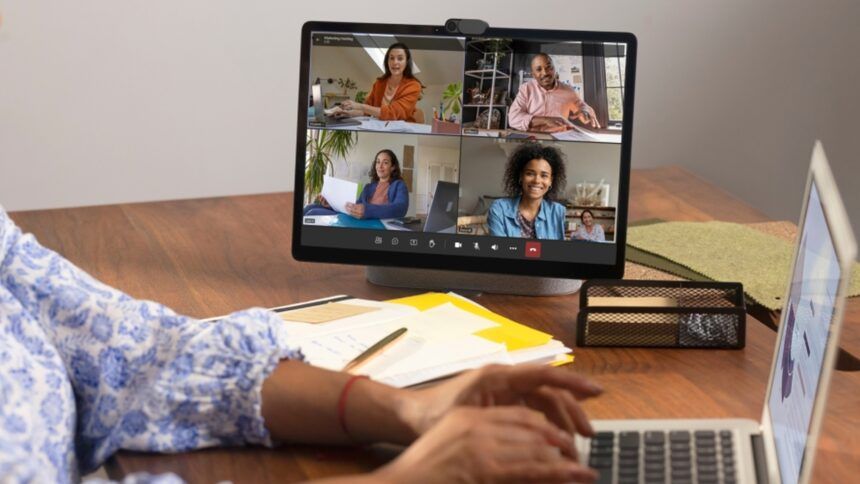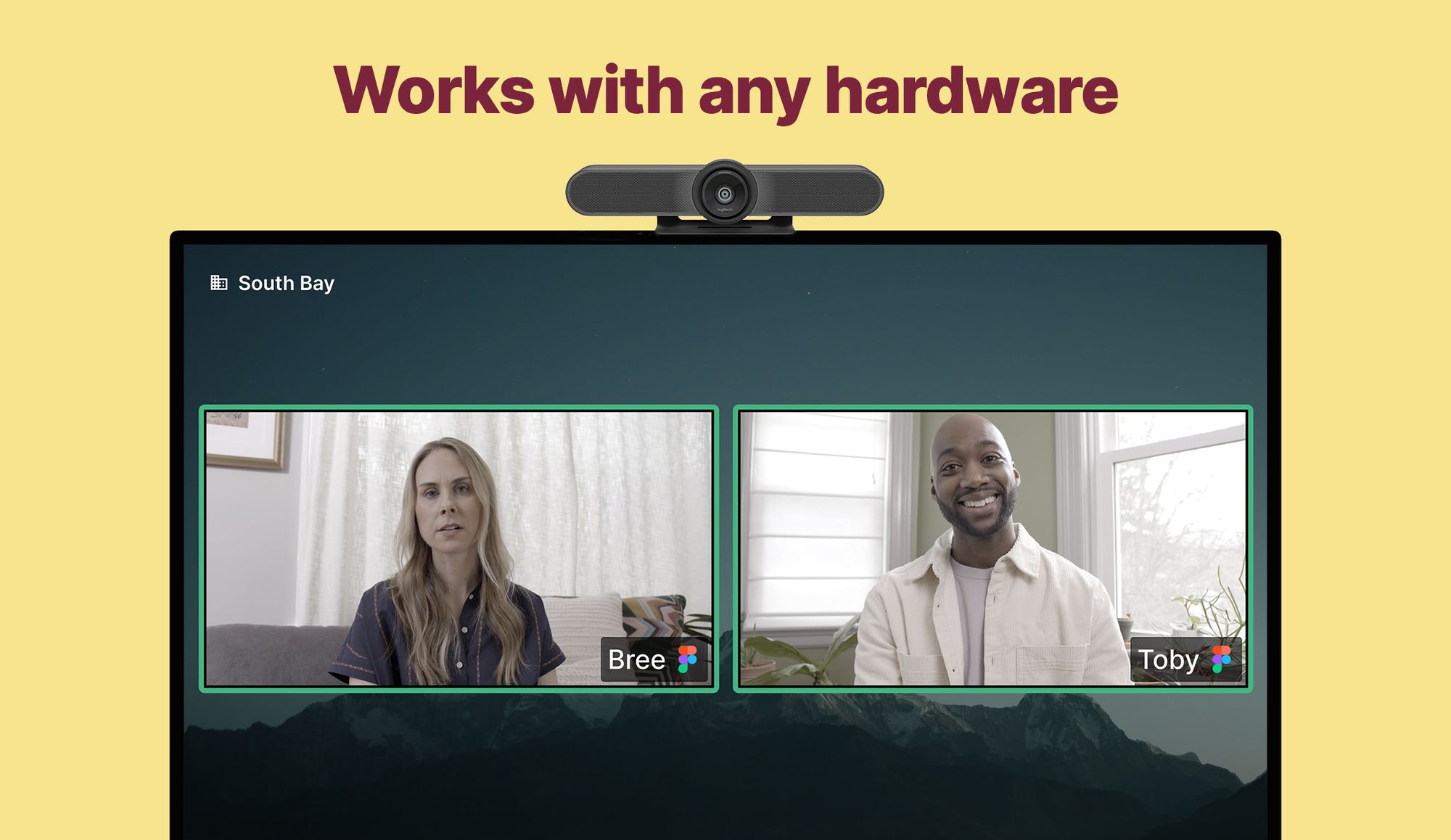While communication should be a top priority for every company, managers and employees must overcome obstacles to keep lines of communication open and productive. Thankfully, newsletters, corporate desktop wallpaper software, and other tools can help to improve workplace communication, but identifying general communication issues is necessary before addressing internal communication concerns.
It is no secret that many businesses struggle with communication. Read on to discover the top workplace communication issues to look out for.
Egocentrism and Poor Attitude
Teamwork is hampered by attitude and ego. A coworker may try to dominate discussions while another may refuse to acknowledge their faults. Resentment, miscommunication, and conflict can be caused by egos and attitudes.
The manager must keep the team focused on the current duties and challenges. Only when resolutions suit the demands of all parties can true teamwork and collaboration emerge.
Lack of Listening and Understanding
Passive listening entails hearing someone without understanding or empathy. Individuals frequently speak, respond, and interrupt others rather than listening. Those who do not pay attention will miss the message. Miscommunication and disagreement ensue, stifling innovation and production.
Before starting a conversation, emphasize the significance of active listening. Inform your staff on how inattention and passive listening can impede them from gaining perspectives and ideas at work. As a leader, demonstrate active listening.
Disparities in Culture
The presence of multinational clients and staff has broadened the scope of the modern workplace. People are more easily influenced by people from their own culture or background; therefore, managers must interact with everyone as a team while also managing cliques and groupings.
Combat this by combining team members of different backgrounds. Separate staff into small groups for brainstorming and project creation. Furthermore, corporate desktop wallpaper software, newsletters, and email all help to reduce cultural disparities. Because it eliminates accents and spontaneous prejudices, written communication is more considered.
Ineffective Writing
In business communication, poorly written material is a typical problem. Corporate desktop wallpaper software, newsletters, and memos can help you connect with your team, but poorly written materials might confuse and frustrate them.
Low Internal Motivation
People who lack interest or motivation are more inclined to disregard your communication techniques. You can reach out to your team using corporate desktop wallpaper software, the intranet, and other methods to make them more inspired and invested in their work and the organization.
Overloading on Information
Workers today receive more information from competing sources than ever before. Employees may be inundated with emails, instant messaging, Teams discussions, corporate social media, and intranet information. It's possible that critical signals will get missed in the "noise."
Ineffective Internal Communication
Internal communications may be overlooked in many firms. If your employees, customers, and other stakeholders are not kept updated, your company's reputation may suffer.
When employees obtain critical information from outside sources, it can lead to confusion and animosity. Misinformation and rumors will proliferate if you do not share critical information with others, and you will lose control of the message.
Conclusion
A great team is one that is bound by effective communication and trust. This is something all firms must take into consideration. Regardless of cultural differences and differing skill sets, communication should be done clearly and effectively to work toward and achieve business goals.
Are you looking for a virtual office platform? Tandem is here to help you and your team collaborate at your best, from one project to the next. Discover more with us today!












